2025 Xpeng G6 Long Range review
– and you're correct to question it, mate.

You won't find many electric SUVs of this size around for the price, it's one of the most affordable options. It's really big on technology and quality, and the cabin has been thoughtfully laid out so you're unlikely to be wanting for much.
Read on to find out.
How much would the Xpeng G6 cost?
There are two versions of the Xpeng G6 available, and both have rear-wheel drive powered by a single motor.
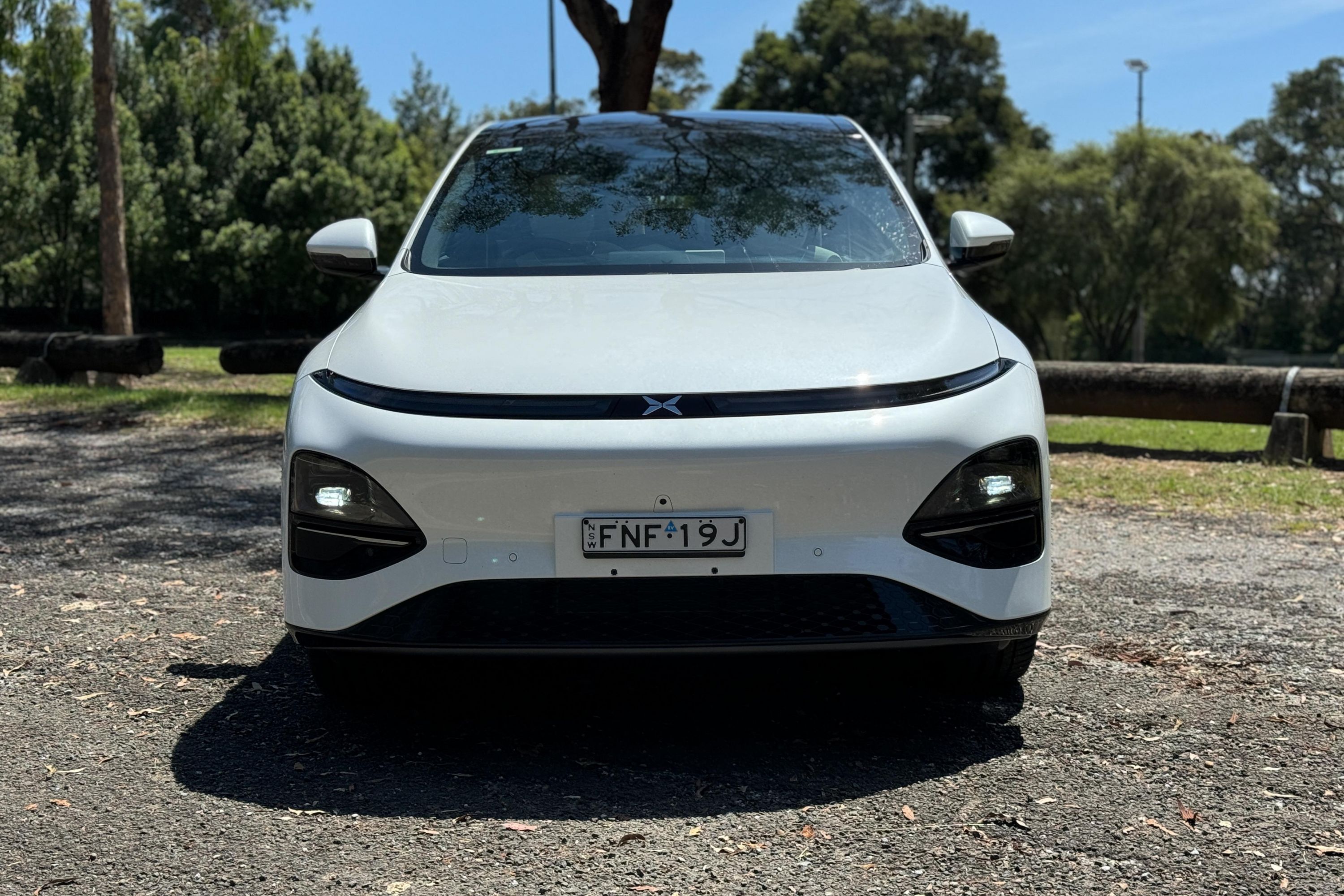
.
comparison tool
like on the inside?
Just like other new models lumped in with the term "software defined vehicles", the Xpeng G6 is connected, updatable, and totally relies on its touchscreen media system for running the day-to-day stuff.

And, unlike some of the others of this mob, the G6 is actually pretty easy to get your head around.
There are still heaps of menu pages and sub-menus locked away where you only stumble on 'em when you're sitting around waitin' for the charge to kick in, but that's the perfect chance to flick through the screens and track down what you're lookin' for.
Anyway, this Chinese brand's also got the 'there's got to be an easier way' approach right, with a drop-down screen letting you quickly access controls like your seat heating and cooling, side-mirror adjustments, and heaps more.
You'll need to take some time figuring out where everything is, but I only had this car for a couple of days and after jumping in and out of it about a dozen times over that period, I picked up how everything worked and became familiar with the controls.
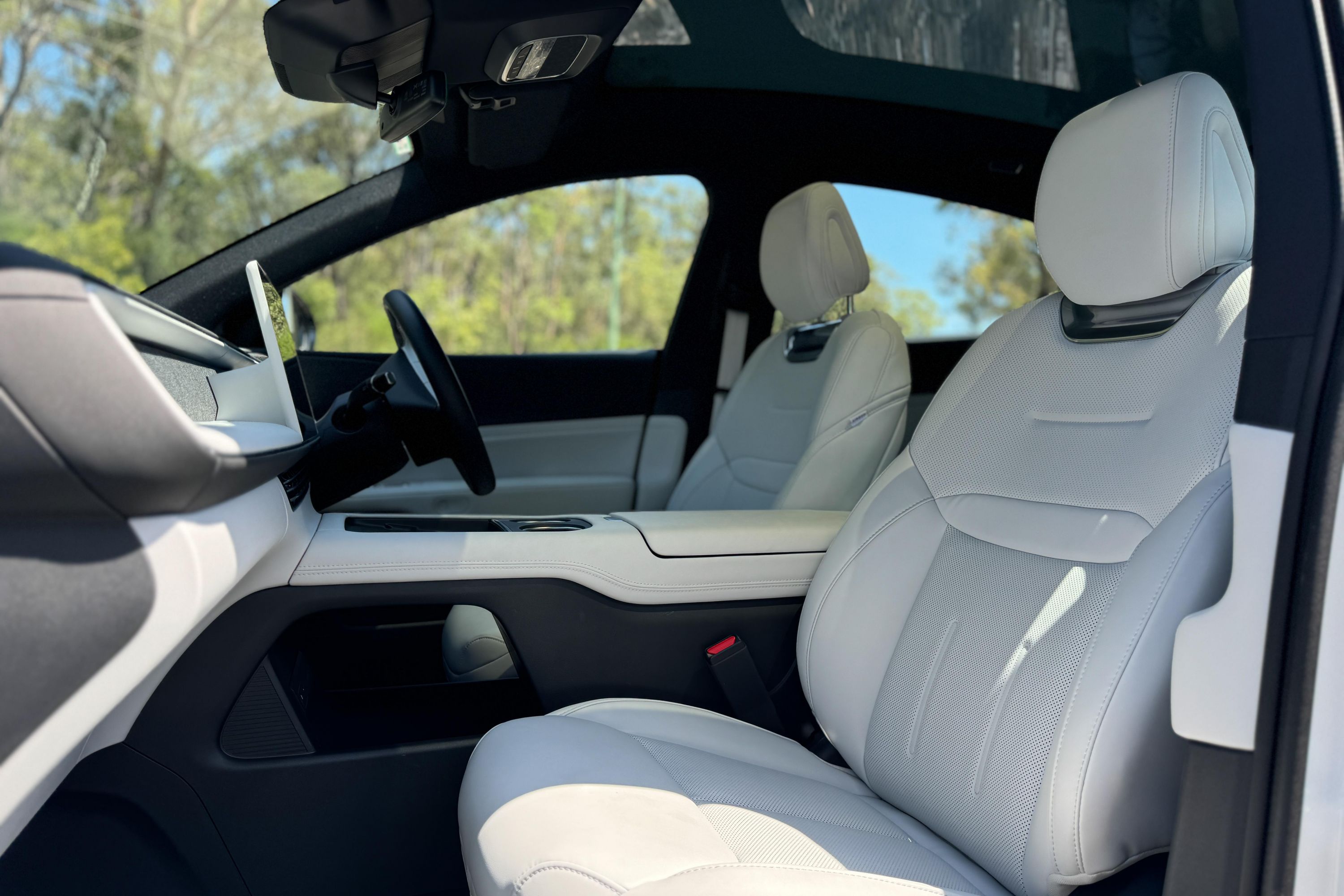
G'day! And if you're like me and just wanna get your phone to connect up without a fuss, it'll sort that out for you, with wireless Apple CarPlay and Android Auto kicking around. But there's also a native navigation system with traffic updates and route planning with charging stations to throw into the mix, and the stereo system has heaps of controls to touch on through the screen as well.
There's a climate control system on screen, and, just like in a Tesla and many other cars, you use the display to adjust where the air flows, with a touch bar at the bottom of the screen allowing for quick temp tweaks (and that can be set up with some favourite settings, too).
You'll also need to learn how to operate the steering wheel controls, which can be used to adjust the fan speed and temperature (using the left scroll and buttons), and those controls are also utilised for the cruise control system when it's activated.
The right-side buttons are for controlling multimedia functions, and if you apply gentle pressure to the scroll wheel on either side, you can customise what appears on the display in front of the driver.
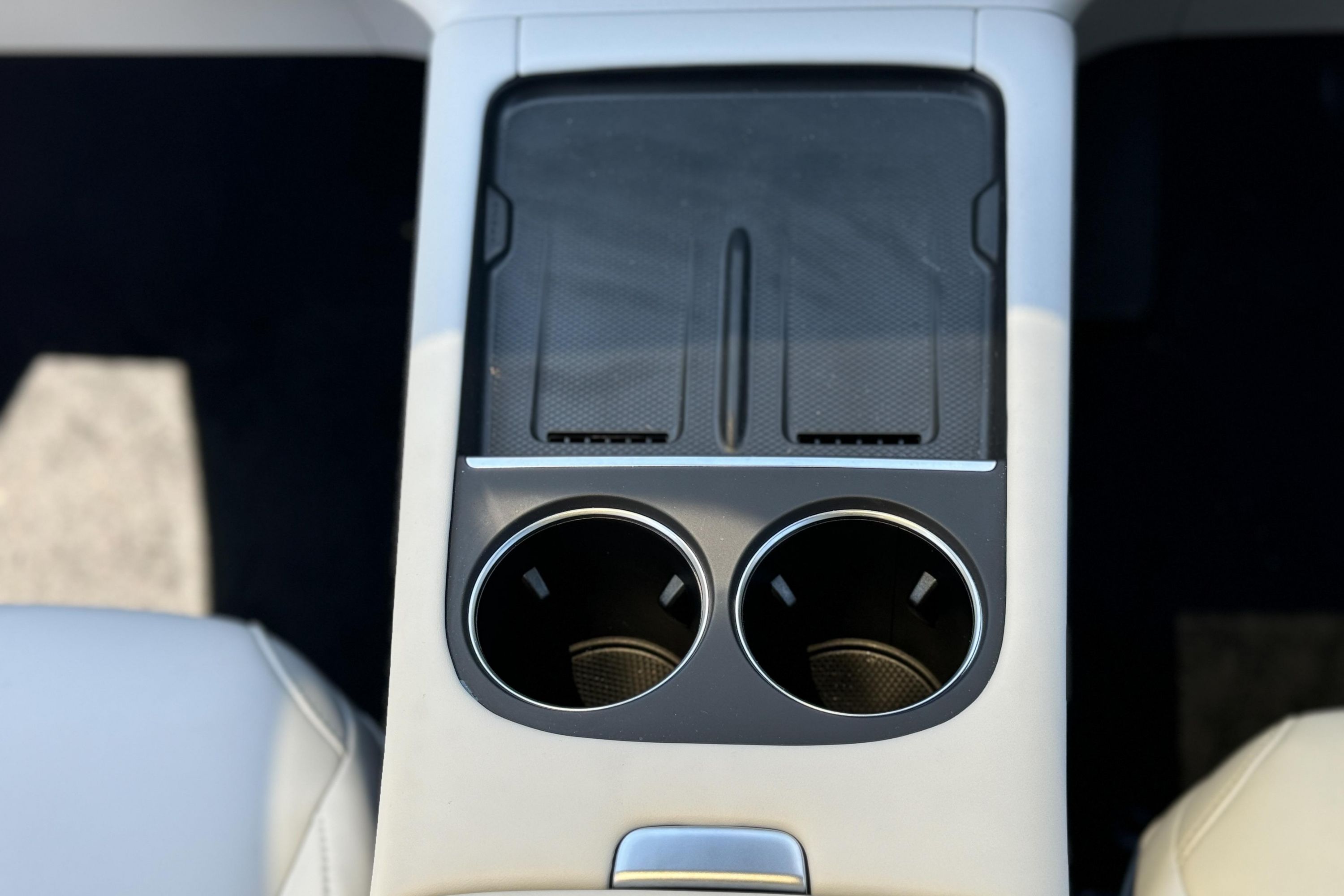
And the cruise control? It's found on the right-hand stalk, which is your gear selector... again, like a Tesla. Tap it down once in D to activate the adaptive cruise, twice to get into the more advanced smart adaptive cruise control system with steering assist.
That means, yes, that your left stalk is for wipers and blinkers, and has a high-beam function too, but there's other lighting controls on screen – so it's best just to leave it auto and let the car handle it.
The cabin is a neat and cleverly designed space, with a big couple of cup holders, a large centre console area that's bigger than usual because there's no glovebox, and a pair of wireless phone chargers that have ventilation to stop your phone from overheating. In the doors, there are big pockets that also have bottle holders.
The seat comfort and adjustability is top-notch. There's a steering wheel with reach and rake adjustment, and the big glass roof keeps the cabin cool without getting too hot – you can also get an accessory option for a retractable cover to keep the cabin even cooler.
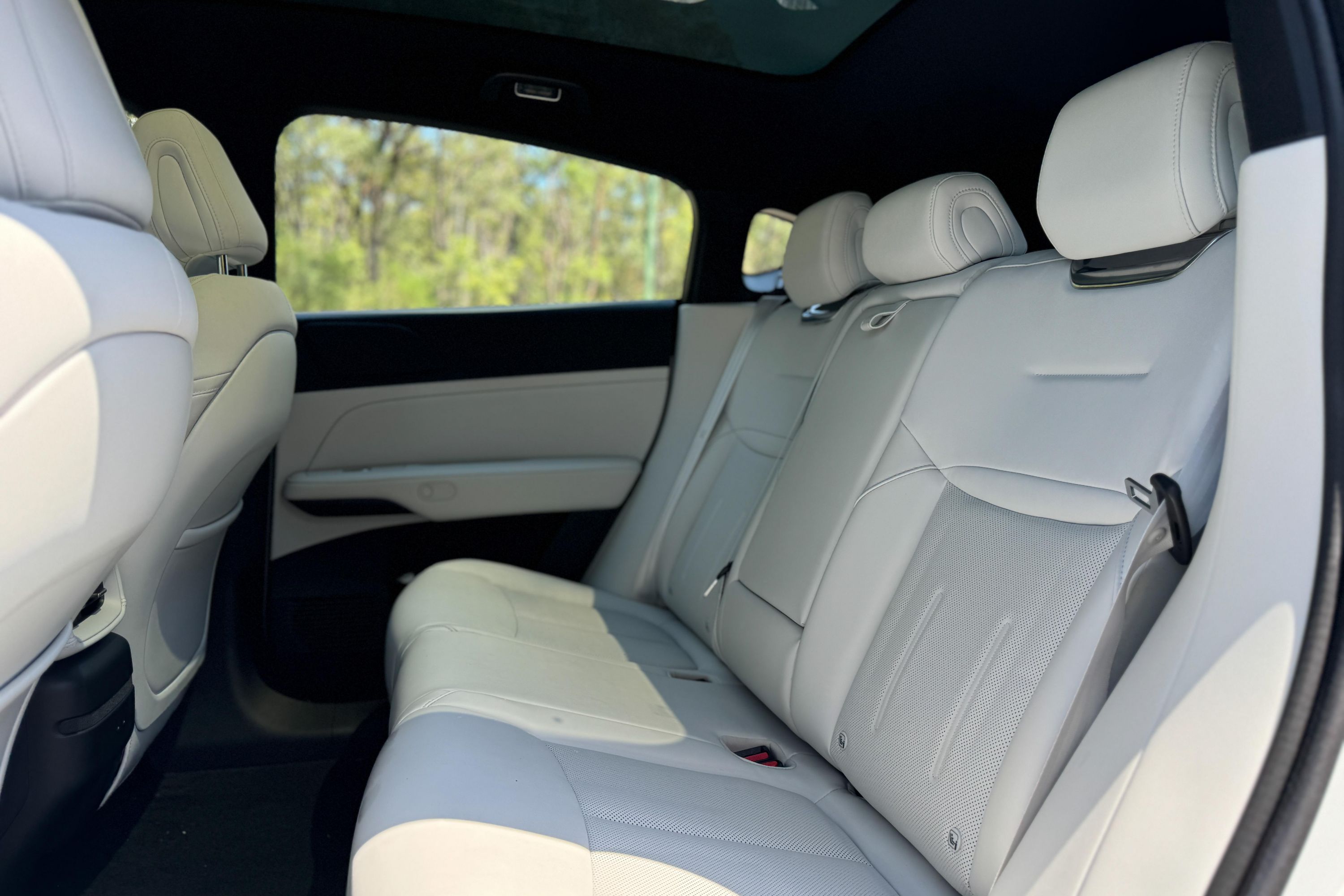
Back seat room is tops, despite the car giving the look of a coupe-style ute. That's a bit of a surprised, actually, because the roofline is higher than it appears, and someone of my height, 182cm or 6 feet, can fit in easily with heaps of headroom leftover.
There's heaps of leg and toe space, and you won't be jammed or cramped in the knees-up position like some other electric vehicles. Plus, with a flat floor and a comfy, spacious seat, you can fit three grown-ups across the back seats if you need to.
If you're travelling with a smaller mob, they can snuggle up in the window seats which have ISOFIX child-seat anchor points and three top-tethers for extra security. With no glovebox in the front, there's more than enough space for a rearward-facing child seat, sprawled out in the passenger seat. And let's be honest, it's a ripper to have some lights in the back as well!
The chair has a back that reclines, and it's also got a soft, comfy cushioning. You'll find soft textures all over, plus a fold-out armrest with built-in drink holders and compartments in the doors for water bottles, and map pockets as well.
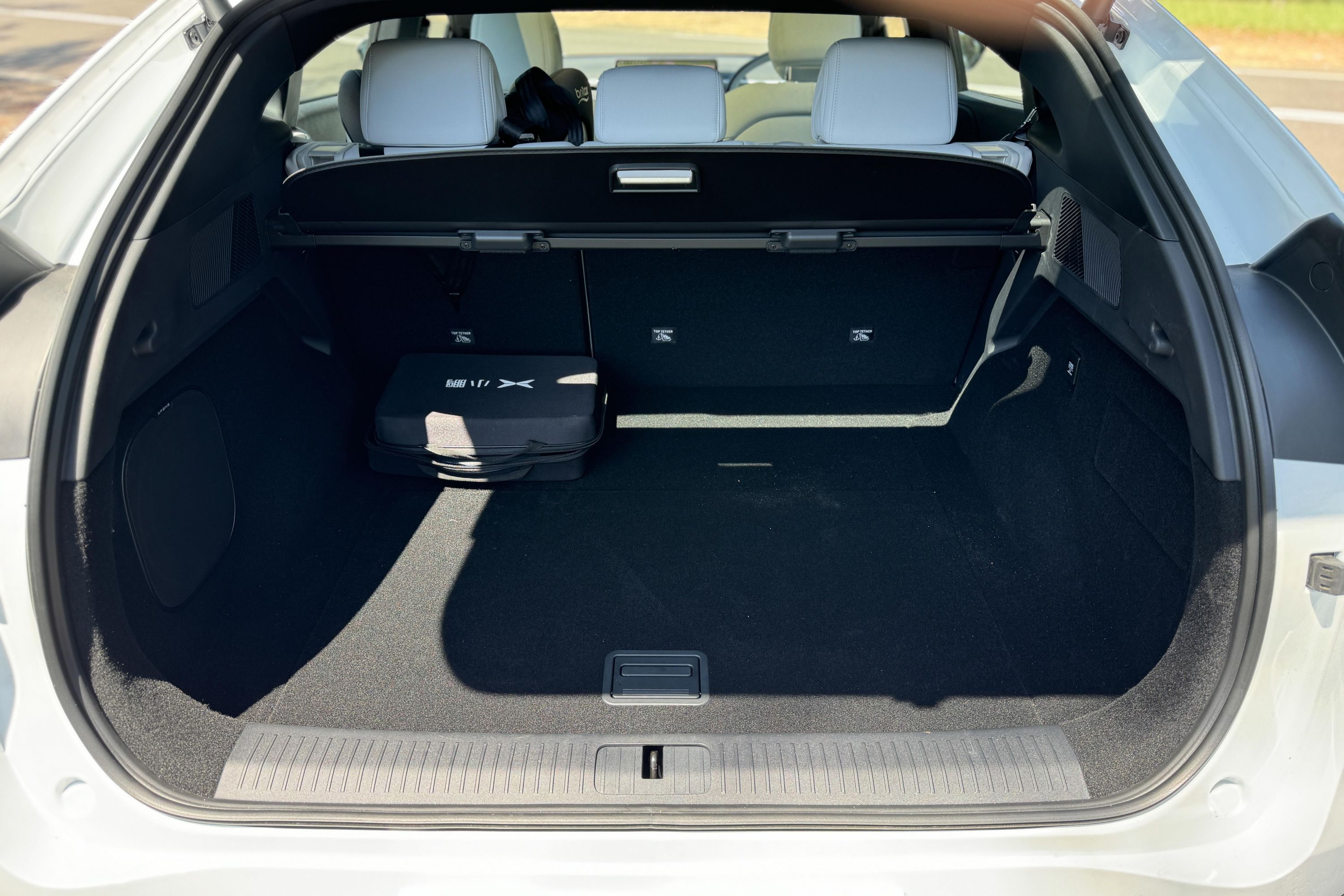
Boot space is cracking good, with a claimed 571 litres of cargo capacity when the seats are folded in, and a spacious under-floor storage area for the tyre repair kit – which is a bit of a letdown, given the lack of a spare tyre is provided. It's also a shame there are no hooks for the shopping bags.
It's also worth noting on storage that there ain't no front boot space or room under the hood, even though this is a rear-motor EV. Fair dinkum, that's a bit odd.
comparison tool
What’s under the bonnet?
You can't get a G6 with a dual-motor AWD powertrain, and for some people shopping for an 'SUV' the lack of it might rule it out, as it's only available in rear-wheel drive (RWD) form.
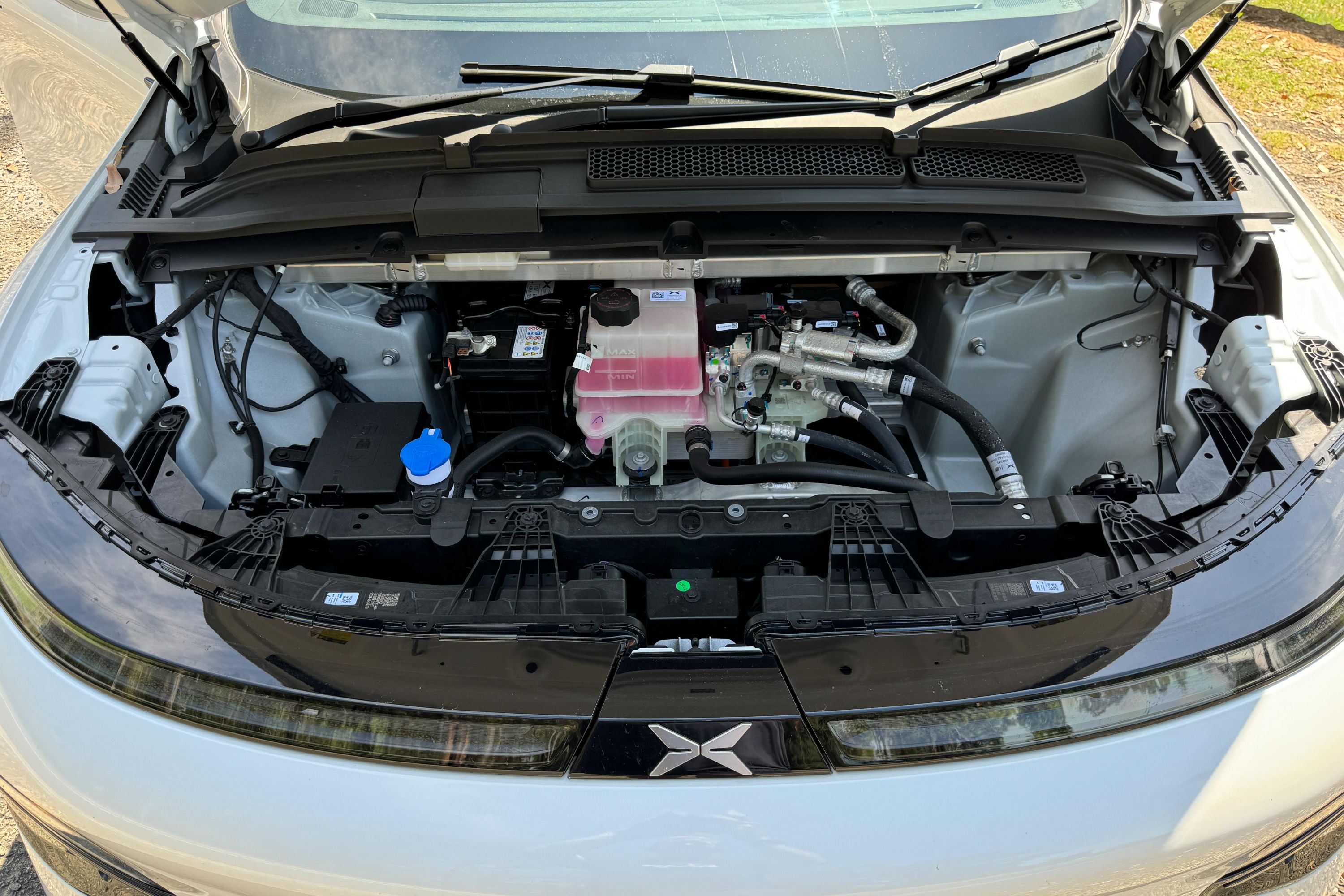
As with most electric vehicles sold in Australia, it comes with a Type 2 CCS combo plug, with the charger socket fixed on the driver's rear corner of the vehicle, which might cause problems for those who use street parking.
How did it perform in terms of range and economy on actual driving conditions? My testing included a variety of city, suburban and country driving, as well as several longer highway segments, and I recorded an average energy consumption of 15.9kWh per 100km, which is 1.6kWh/100 better than the claimed result! I was quite impressed.
comparison tool
How does the Xpeng G6 operate?
In terms of the overall driving experience, it's one of the top ones in the electric SUV class – and part of the reason for that is the refinement of the safety systems.
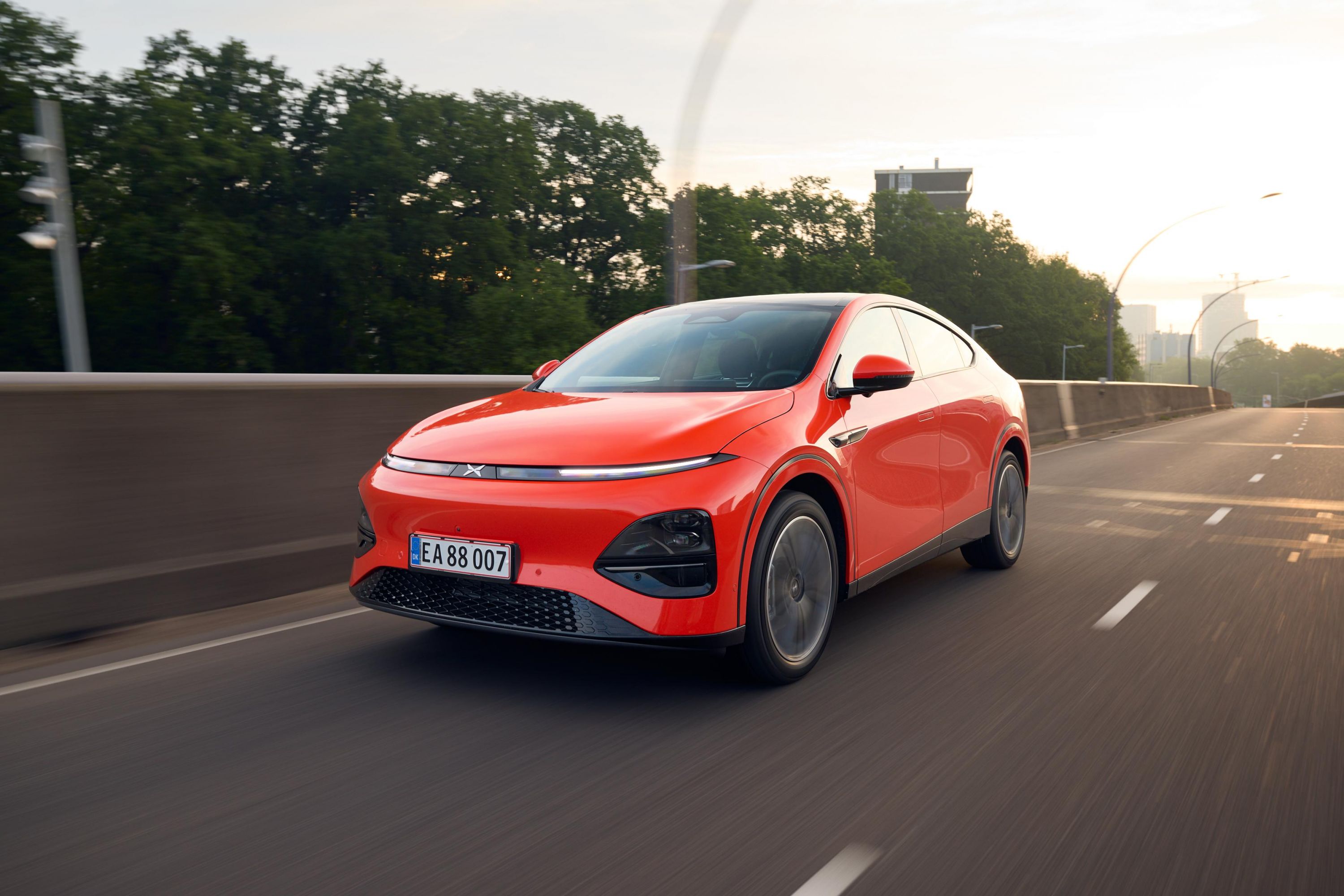
While some competitors can annoy drivers with their constant nagging warnings triggered by driver monitoring camera systems and speed sign interpretation technology, the Xpeng is one of the more restrained vehicles in its warning system, with far less of that infuriating beeping and blaring than in other cars.
It still can be a bit distracting if you're not paying attention, and there are chimes that can get in the way of a 'pure' driving experience, but it's not that bad overall.
Sheila, apart from the alert about driving too close to a big rig or ute, when there's nothing you can do about that... and the warning about a car tailgating you, which'll flash the hazard lights if one's coming up too fast behind you. That might even spark a bit of road rage in some cases, one could suggest.
The adaptive cruise control's got a bit of a soft spot when it comes to keeping that gap, but there's a more high-tech smart cruise control system that'll brake, accelerate and steer for you - and even swap lanes if you want, mate!
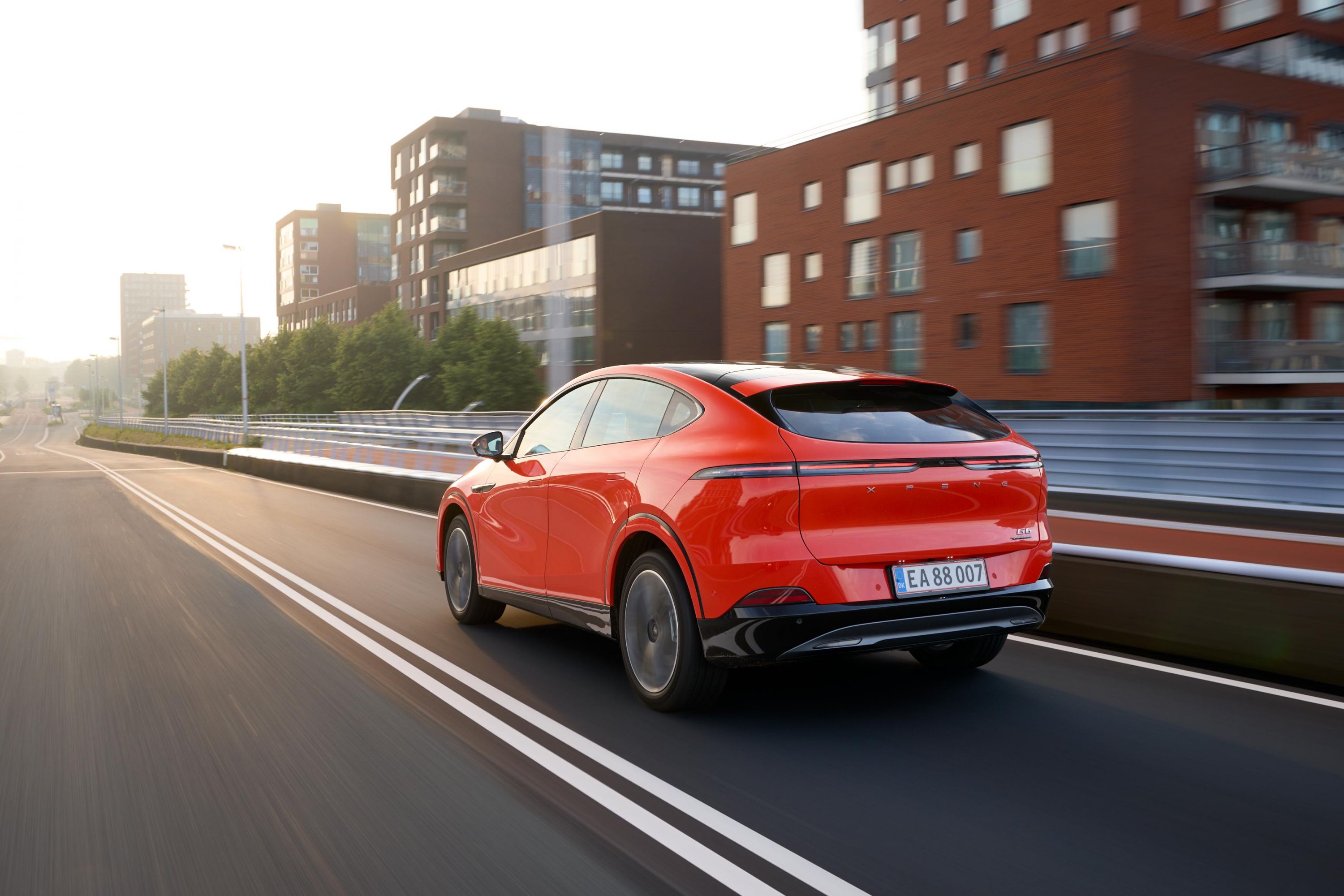
There's a automated car park system as well, which can remember specific spots and know that you're likely to want to park there – pretty handy technology.
The camera system for parking is also top-notch, with multiple view modes and a 3D augmented reality view if that's what you're after. Plus, there's a built-in dashcam system, and it's got a Sentry mode like a Tesla, so the cameras can keep an eye on the car when you're not around, and record any triggers.
The driving experience is generally a positive one beyond the technology.
It's a decent-handling electric SUV, with a rear-wheel-drive ‘push you from behind' feel that makes it a more enjoyable drive when you're having a crack through a series of corners.
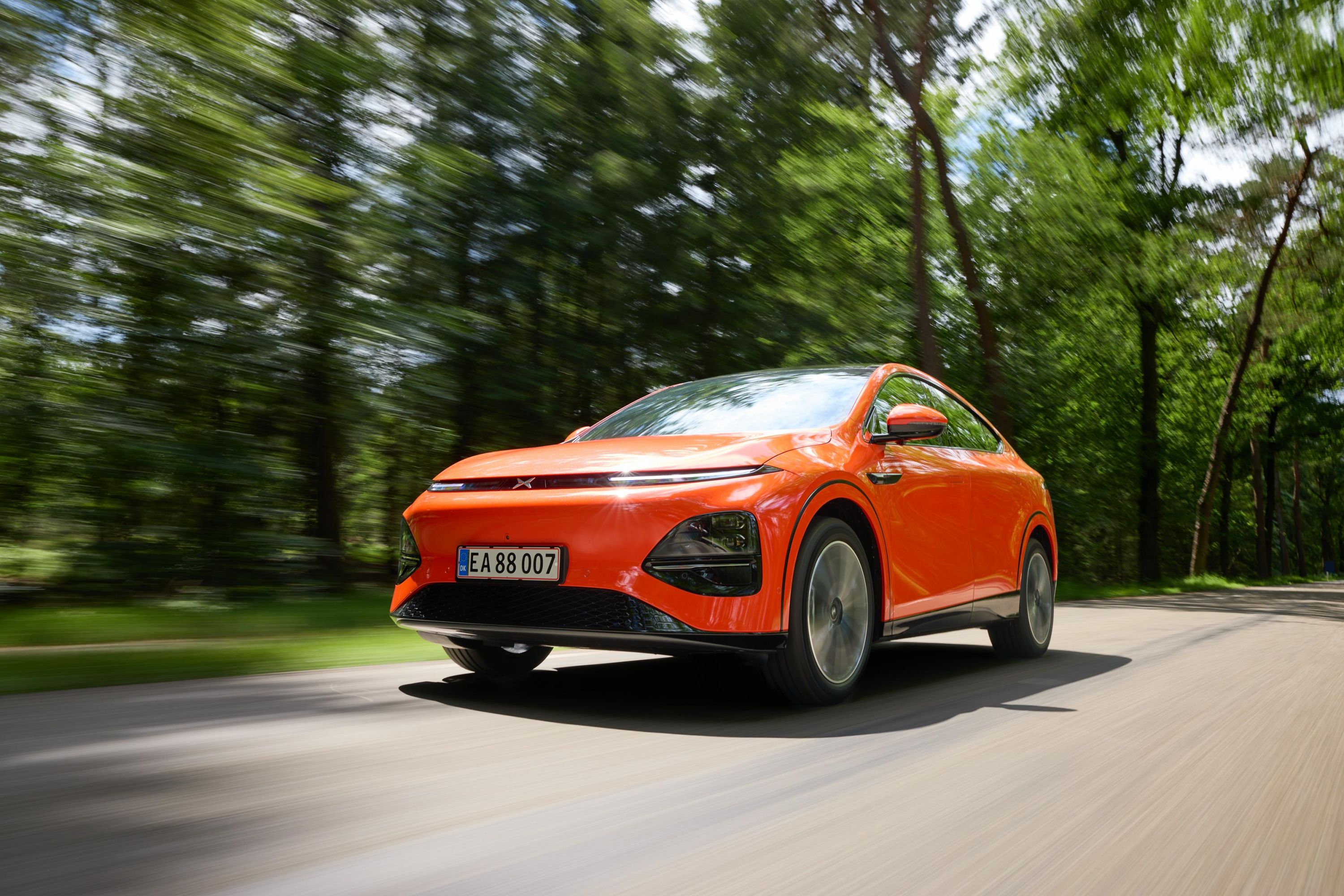
Unfortunately, it doesn’t have the most exciting handling, and the steering wheel shape is a bit unusual, so you mightn’t enjoy driving it through the windy roads on your daily commute. But it is reliable enough and straightforward to navigate in and out of driveways and car parks.
One of the main things people are going to notice when driving this car is how comfortable the ride is, and it might be a bit too firm for some Australian drivers' liking.
Bein' an electric vehicle (EV) with a big battery pack underneath the car, you get a bit more stiffness in the body to keep it all nice and stable, and the standard 20-inch wheels with low-profile Michelin Pilot Sport EV tyres (225/45 R20) do pick up on any little bits of rough stuff on the road.
But more generally, it delivers a firmer ride on the road than some competitors – not unsophisticated, but definitely not as smooth as, say, a Skoda Enyaq.
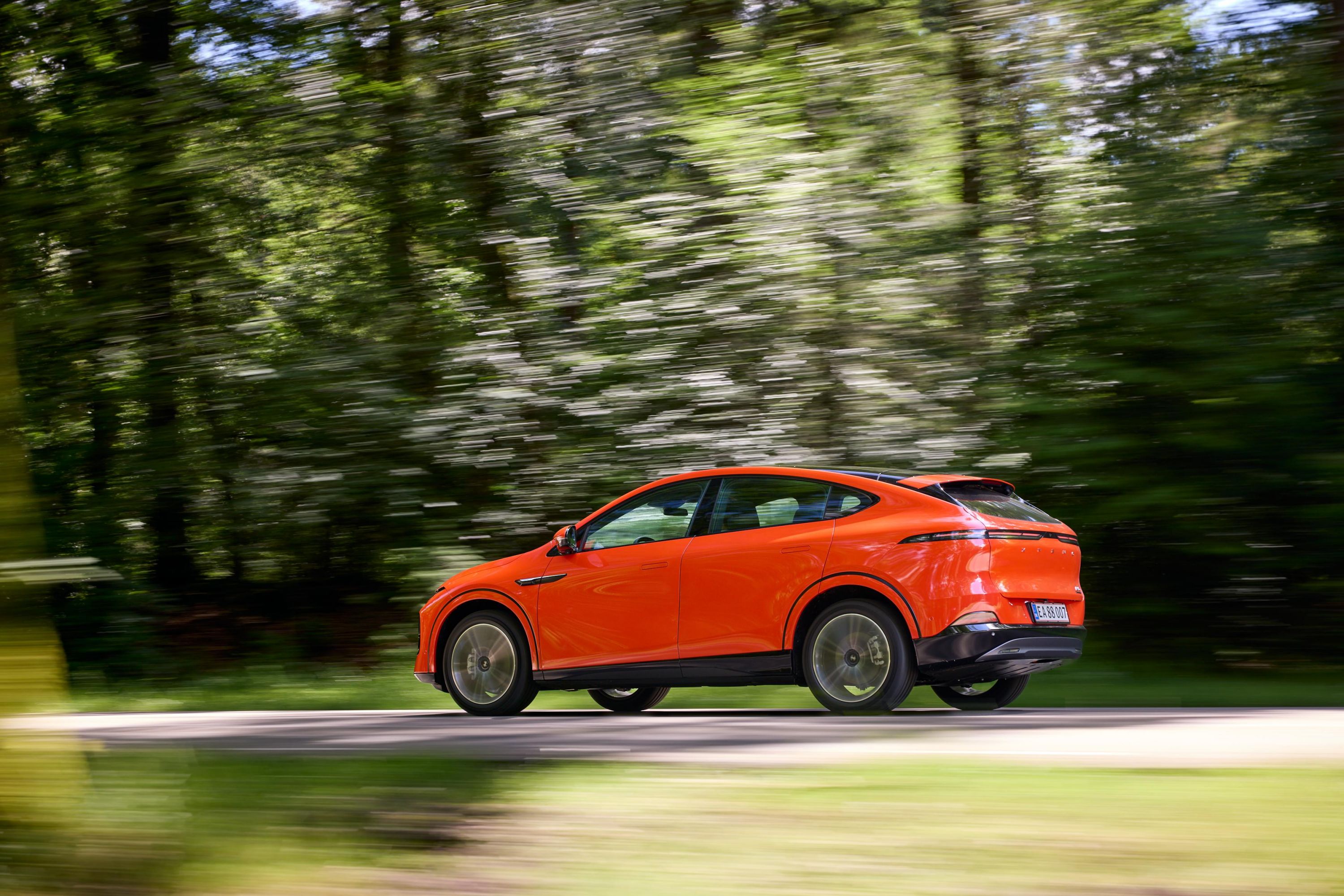
It's not the quickest EVs in this segment, but it's not giving off the vibe that it wants to be a performance flagship either. It's quick enough when you floor it, and if you select Sport drive mode, you'll get more of a kick out of it.
At launch, the G6 is available only with rear-wheel drive, although an all-wheel drive model with two motors will be released in China with more power, and it's expected to come to Australia later this year. The performance of this model includes a quick 0-60km/h acceleration time of 4.1 seconds, not 6.6 seconds like the Standard Range and 6.2 seconds for the Long Range version tested.
For my test, I was more than happy to leave the G6 in its standard driving mode, though I did fool around with the steering modes, and the regenerative braking response system has four settings to choose from as well.
There's no "single pedal" driving mode that'll get the car to a complete standstill, but it does have a bold 'max regen' mode that slows the car right down to a crawl of about 2 km/h or slower.

The brake pedal feels pretty good, with a natural response to the foot pedal. However, the accelerator can be a bit unsteady at times, so make sure you take the time to stretch out your ankles and avoid pushing the pedal down too hard.
In general, the drive is quite pleasant, and there's a pedestrian warning system that can let those walkers know you're nearby through a really advanced sound from a speaker outside the car.
Inside, though, it's pretty peaceful, apart from a bit of road noise seeping in on sealed roads. And you just crank up the premium 18-speaker sound system and it'll all go away!
comparison tool
What do you get?
Standard equipment levels for the Xpeng G6 are right on the money, with both grades featuring all the same gear.
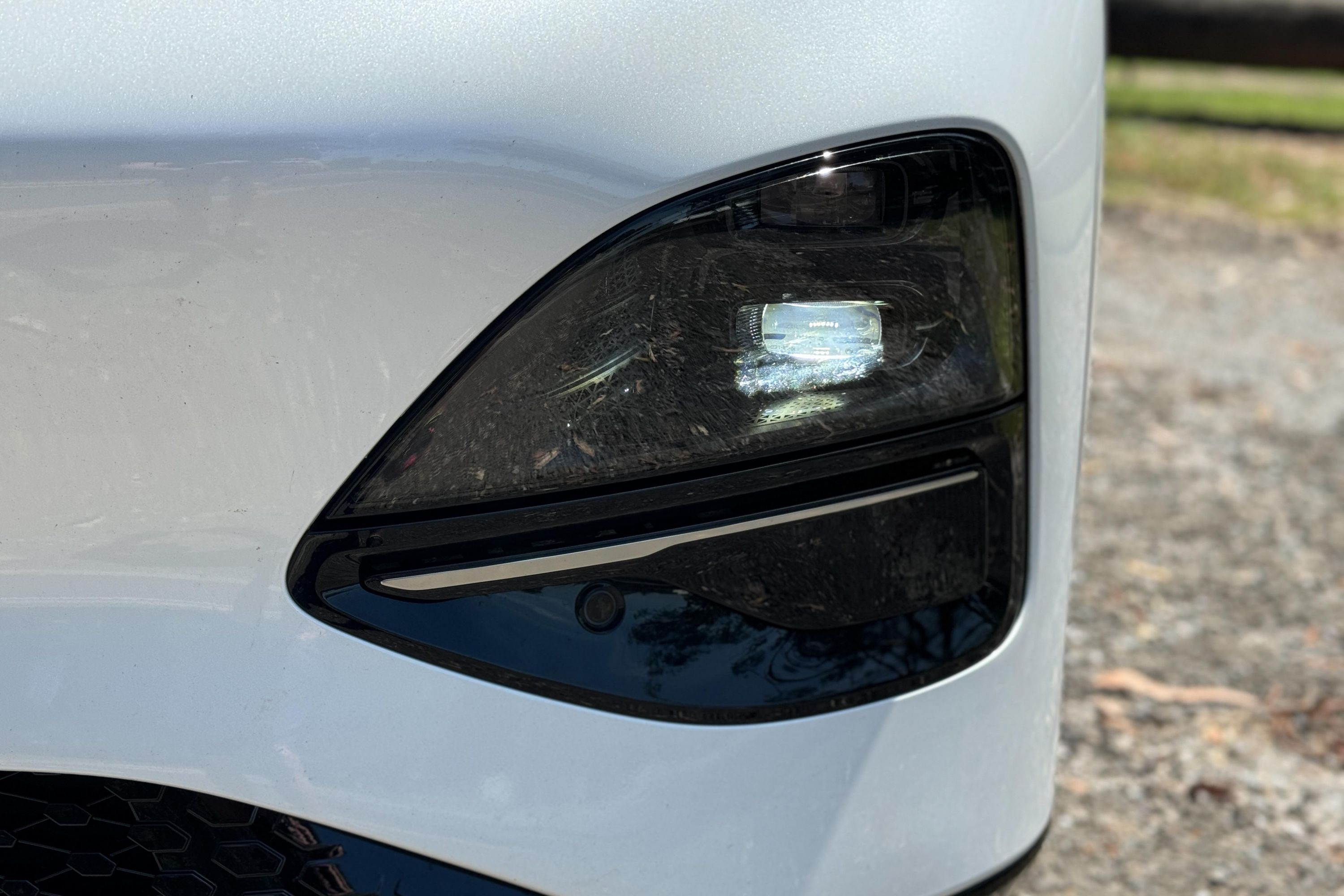
2025 Xpeng G6 equipment highlights:
- 20-inch alloy wheels
- Automatic LED headlights
- Automatic high-beam
- Rain-sensing wipers
- Power tailgate
- Semi-autonomous parking assist
- Drive modes - Comfort, Standard, Sport and Launch
- Low Energy, Standard Power, Max Energy, Maximum Power mode
- Driving modes – Comfort, Standard and Sport
- Comfort, Lowered and Sport brake pedal feel modes
- 10.2-inch digital instrument cluster
- 14.9-inch touchscreen infotainment system
- This appears to be a request for information on a tech topic, rather than a quoted passage to paraphrase. If you could provide the original text, I'd be happy to assist you in rephrasing it in Australian English.
- Voice assistant
- Over-the-air software updates
- DAB+ digital radio
- Satellite navigation
- 1 x USB-A outlet
- 3 x USB-C outlets
- 2 x 50W wireless charging stations
- Six adjustable front seats that can be personalises to six different settings, remembering individual preferences.
- Four-way adjusting lumbar support for driver
- Heated and ventilated front seats
- Heated rear bucket seats (liability-only)*
- Leatherette upholstery
- Heated, leather-wrapped steering wheel
- Auto-dimming rearview mirror
- Dual-zone climate control
- 18-speaker 960W Xopera sound system
- Panoramic glass roof
- Vehicle-to-load (V2L) capability (3.3kW 220V AC power supply unit)
- Heat pump
comparison tool
Is the Xpeng G6 a safe motor vehicle?
It has a five-star ANCAP rating from 24, so yes, by that score it’s a safe car.

Standard safety equipment includes:
- Adaptive cruise control
- Autonomous emergency braking
- Blind-spot monitoring
- Active lane-change assist
- Lane-keep assist
- Emergency lane-keep assist
- Lane centring
- Driver fatigue detection
- Rear cross-traffic alert
- Safe exit warning
- Surround Vision camera with transparent bonnet mode
- Traffic sign recognition
- Front airbags, airbags in the front passenger-side, curtain airbags and far-side airbags
- Tyre pressure monitoring
The safety tech is among the best I've seen in a new Aussie-made EV, but it's not flawless, still beeping too much with the lane-keeping corrections, and warning me about things it's impossible to avoid. For example, it told me to “move away from the large vehicle” when I was next to a truck in a tunnel... I couldn't do that!
It also seemed to have a very active rear collision warning system – which will beep inside the car and flash the hazard lights if something is coming up fast from behind. But in Sydney's traffic, this activated a few times due to tailgaters.
comparison tool
How much are the running costs for a Xpeng G6?
(take a look at this, you might have scored a ripper deal on the G6).

That's because it was initially offered with a ten-year warranty for both the vehicle and the battery.
If that doesn’t stick as a permanent promotion, the standard ownership details change a bit.
The vehicle warranty is five years, 120,000km (whichever happens first), while the powertrain including the battery and electric motor is covered by an eight year, 160,000km warranty.
But even if you score the promotion deal, you can stump up for longer warranty coverage for your G6, with up to a decade/220,000 kilometers available for the vehicle itself, and a separate option for the powertrain.
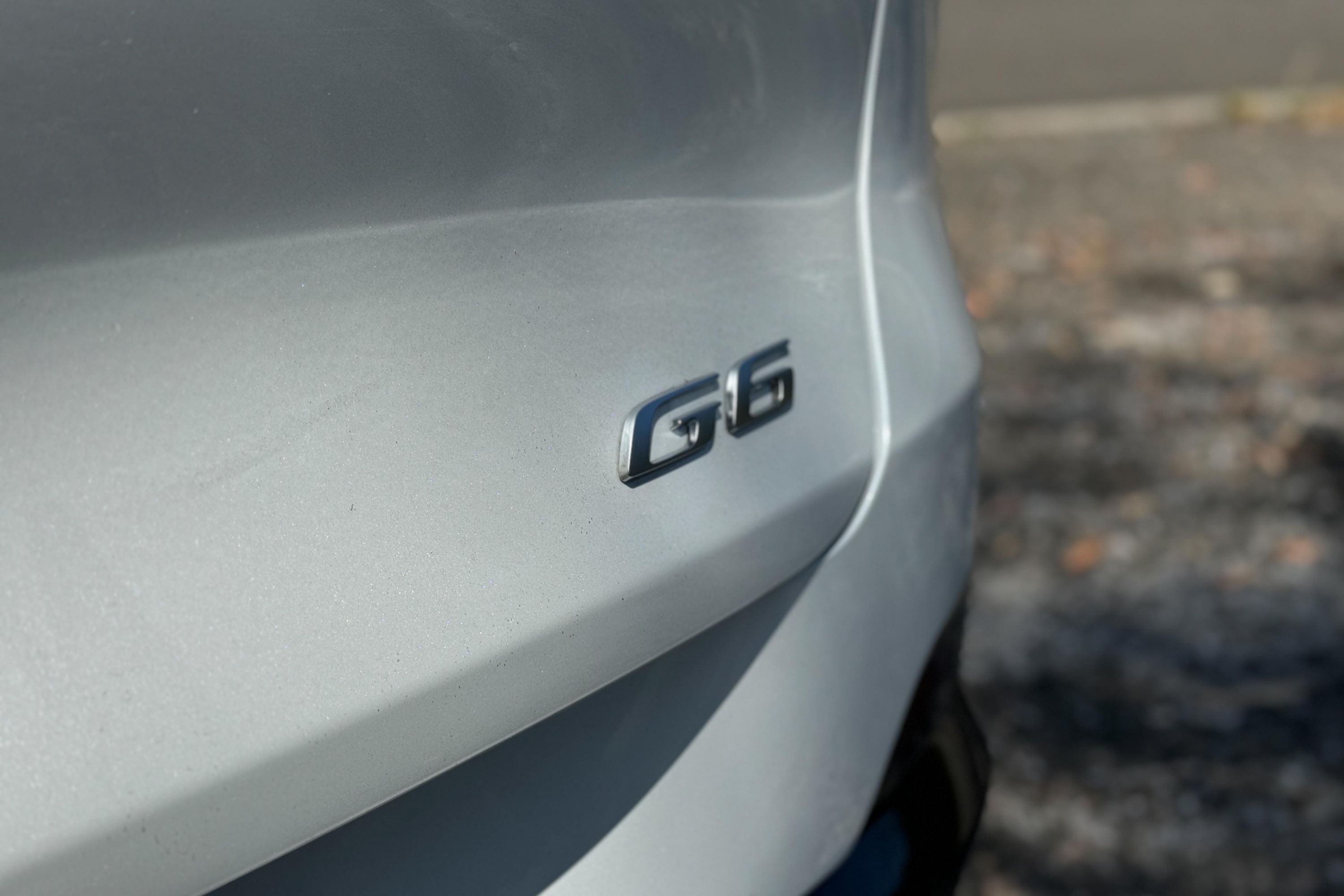
Servicing needs to be done every 12 months or 20,000km, which is pretty good, but not as long as some other EVs that only need maintenance every two years.
The average service cost over the first five years/100,000km is $412. The service program is aligned with Ultra Tune in Australia, which has a big network of workshops, but is that a 'premium' enough experience for a brand with aspirations as high-end as this?
comparison tool
Fair Dinkum, Let's Dive into the Xpeng G6lates
This is the most impressive, sub-$60,000 electric family ute that I've driven so far.
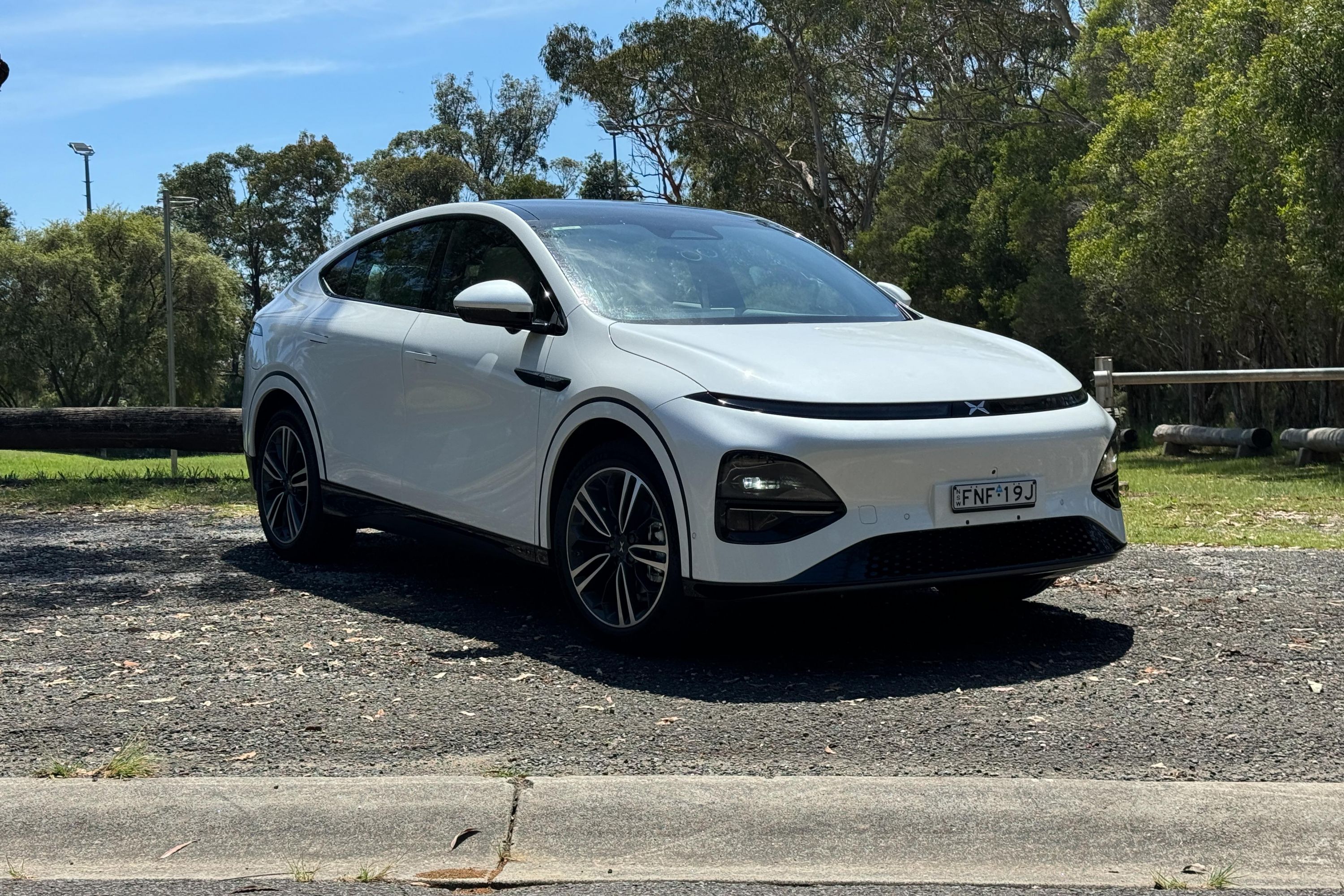
It feels more comprehensive than many of the others in the 'budget' category, and offers a family-ready amount of space and features, making it a top priority option to consider if you're in the market for this sort of vehicle.
I'm looking forward to seeing if the G6 stays on everyone's wish list as new products become available in 2025.
Interested in buying a Xpeng G6? Get in contact with one of CarExpert's trusted dealers here
Snap the images to see the full collection
Posting Komentar